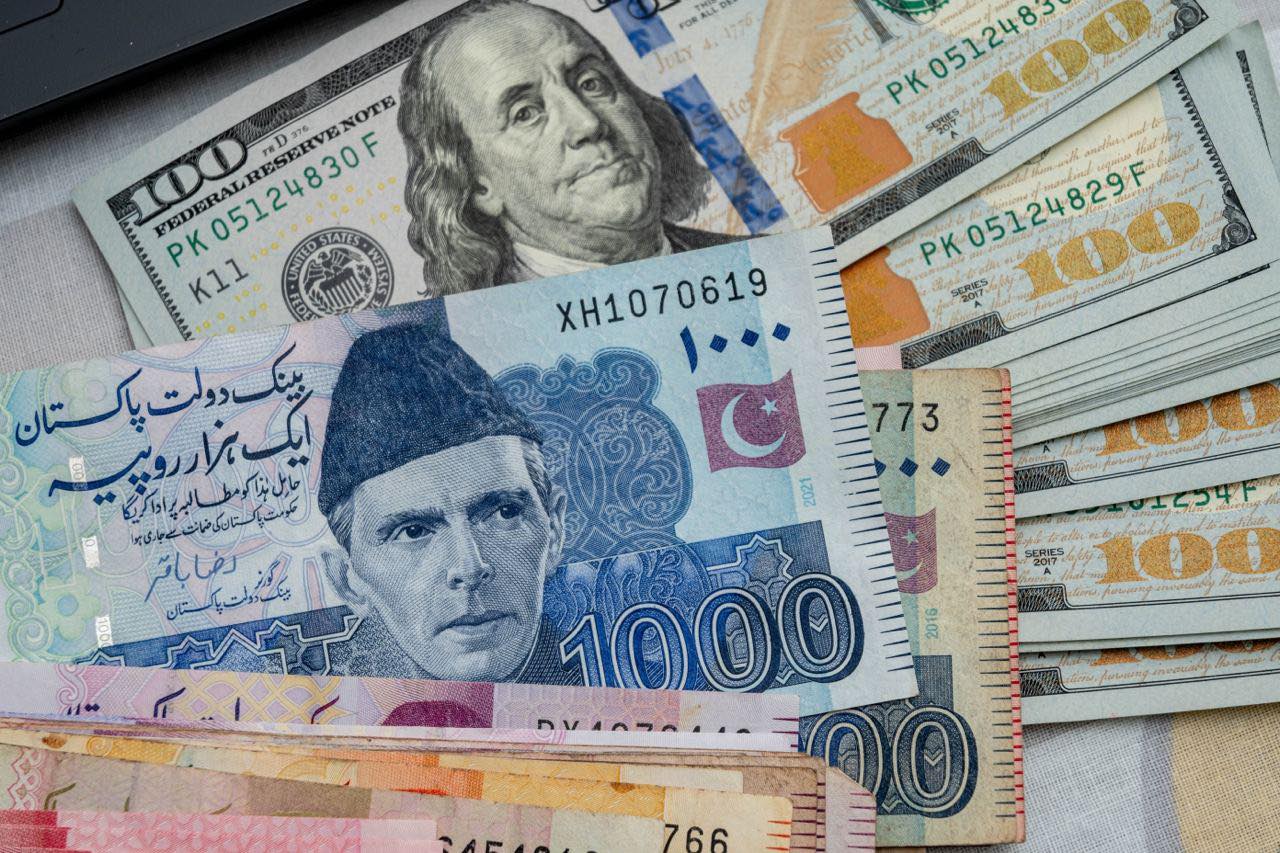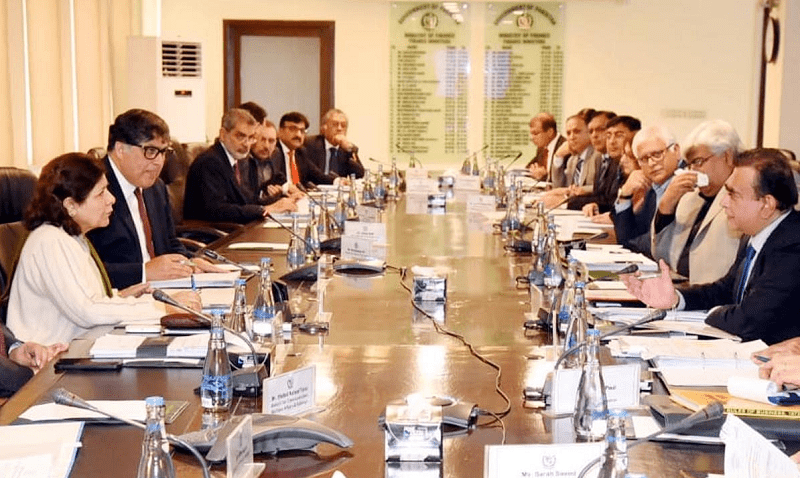PTBP Web Desk
inance Minister Muhammad Aurangzeb revealed on Saturday that workers’ remittances are projected to reach a record $35 billion in the current fiscal year 2024-25, up from $30.25 billion registered in FY24.
Addressing the media at the Overseas Investors Chamber of Commerce and Industry (OICCI) in Karachi, Aurangzeb highlighted the critical financial challenges and opportunities facing Pakistan.
The finance minister underscored the financial burden imposed by state-owned enterprises (SOEs) on the national exchequer, noting losses amounting to Rs2.2 billion daily.
“Over the past decade, these losses have accumulated to Rs6 trillion,” he stated, adding that this figure represents approximately 50% of the Rs12.9 trillion revenue collection target set for FY25. Aurangzeb emphasized the government’s commitment to addressing these challenges through a strategic focus on privatization.
“Privatization, liberalization, and deregulation are the way forward,” Aurangzeb said, outlining the government’s approach to reducing the financial strain caused by underperforming SOEs. This strategy aligns with the broader goal of streamlining economic operations and encouraging private sector participation in critical industries.
Aurangzeb shared a positive development regarding foreign companies operating in Pakistan. He revealed that profits and dividends worth $2.2 billion were successfully repatriated during May and June 2024, effectively clearing the backlog to date.
“There are now no restrictions from the Ministry of Finance or the State Bank of Pakistan (SBP) on repatriation,” the finance minister said. “It is up to commercial banks to facilitate these transactions without delay.”
This move aims to restore confidence among foreign investors and create a more conducive business environment in Pakistan.
Responding to queries about the rupee-dollar exchange rate, Aurangzeb emphasized that market forces now determine the currency’s value rather than government intervention.
“The rupee-dollar parity is influenced by the demand and supply of the greenback in the market,” he explained, indicating a shift towards a more flexible exchange rate regime.
Aurangzeb highlighted the government’s priority to attract Foreign Direct Investment (FDI) in export-oriented sectors.
“We are focusing on export-led projects to boost economic sustainability,” he remarked. “Whenever our economy achieves a 4% growth rate, issues like widening current account deficits and balance of payment problems emerge, primarily due to our import-led economic model.”
The finance minister expressed optimism that fostering FDI and export growth would mitigate these recurring challenges, paving the way for sustainable development.
When questioned about surpassing the 4% growth rate, Aurangzeb refrained from providing a specific timeline. However, he reiterated the government’s commitment to implementing policies that promote stability and growth.




